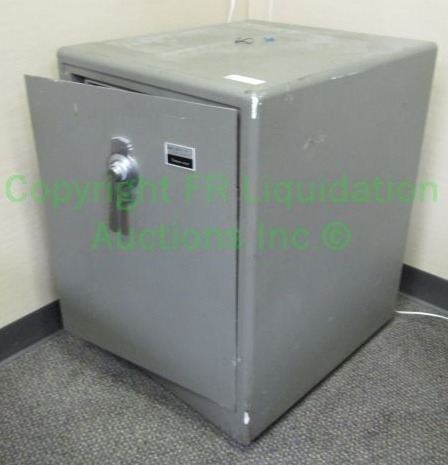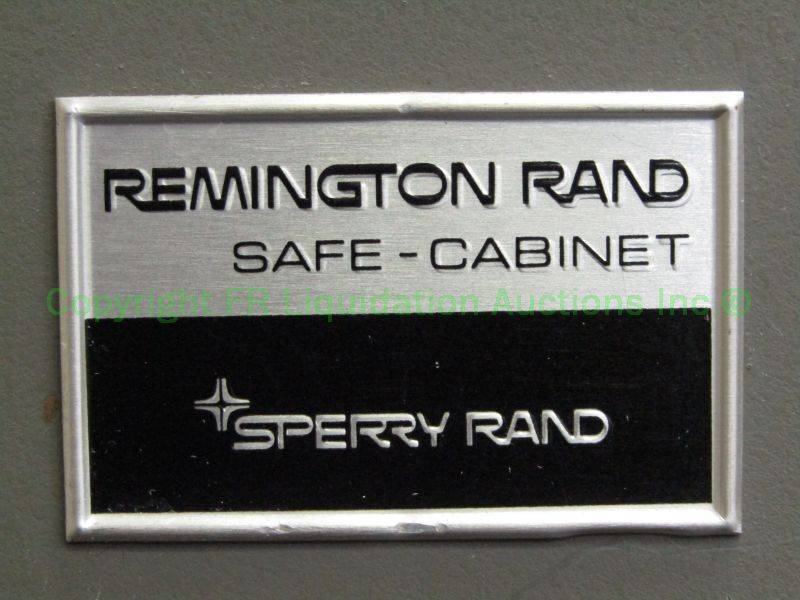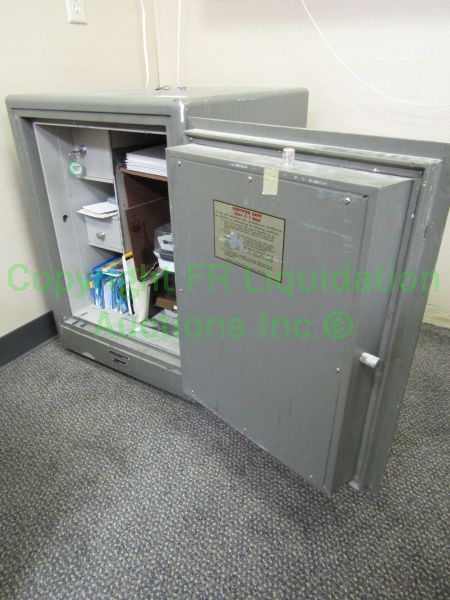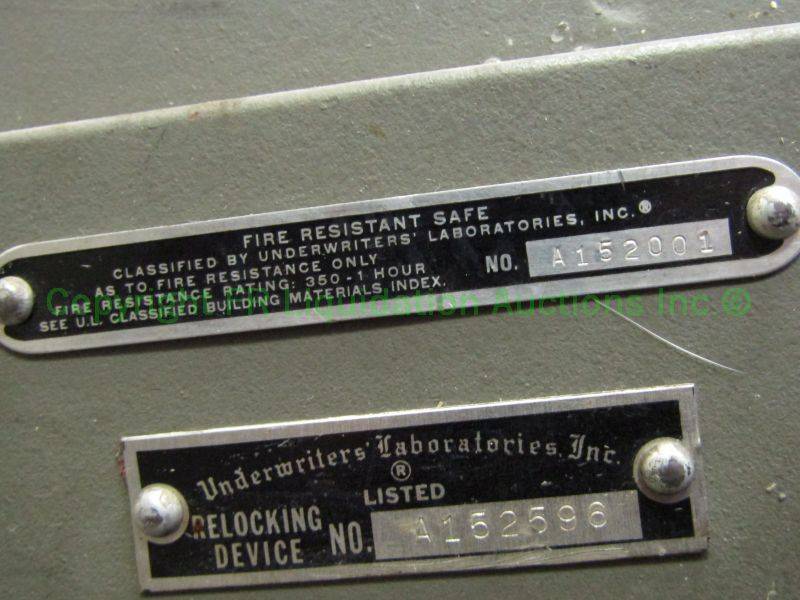You can just take door's back cover plate off and get to the lock and figure out the combination if you want to make the safe usable again.
I wouldn't recommend that lock for a beginner to learn manipulation on, seriously. if it's what I think it is, with that integrated handle, it's going to be an offset Yale friction fence lock. or if the handle has SG on stamped on it, it will be a Sargent & Greenleaf 6727 but mounted offset with extra gears and goodies.
That adds an extra layer of complexity when trying to feel things and graph things out.
That safe looks like 70's to early 80s. What do you hope to gain from knowing the model number? A lot of that info is lost to time and won't really be useful these days. Some safes back in the day didn't even have model numbers and we identify them by using other visual cues.
Here's some UL listed reading regarding fire safes of that era
http://npshistory.com/newsletters/crm/crm-v16n5s.pdfbefore you bring that thing home, please be aware that it may contain asbestos.. something to consider.. although this one is newer and may not have any.
"A report received from the Department of Defense concerning testing which was recently conducted on insulated filing
cabinets, indicates that insulated filing cabinets manufactured
by the Remington-Rand Company during the 1940s and 1950s
contained and are releasing asbestos. Many of these cabinets
are still in service."
Squelchtone



